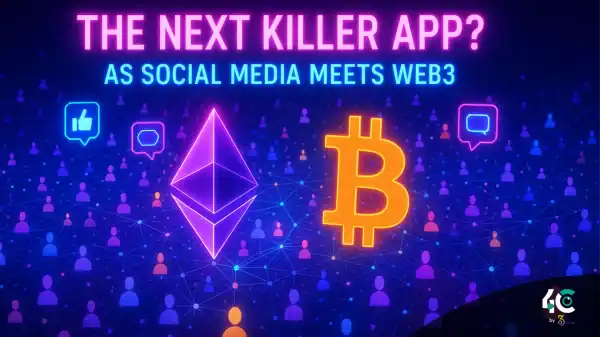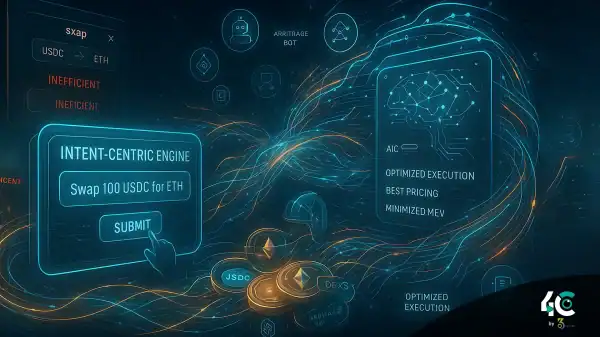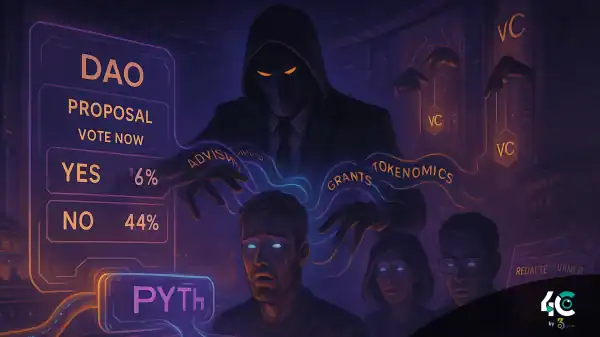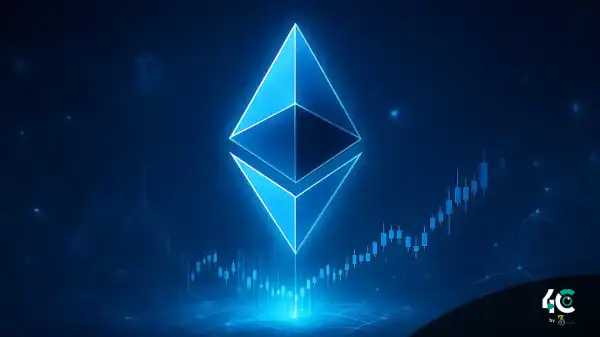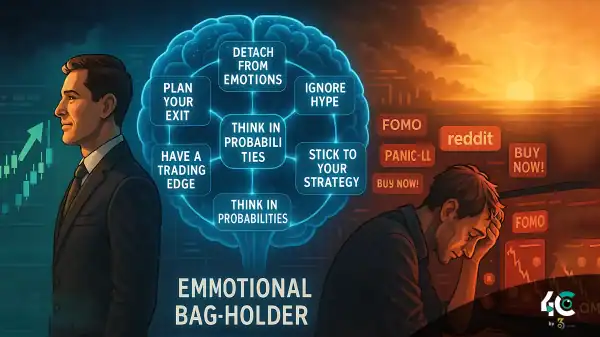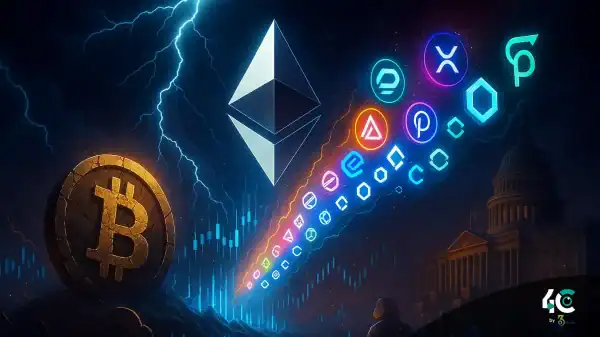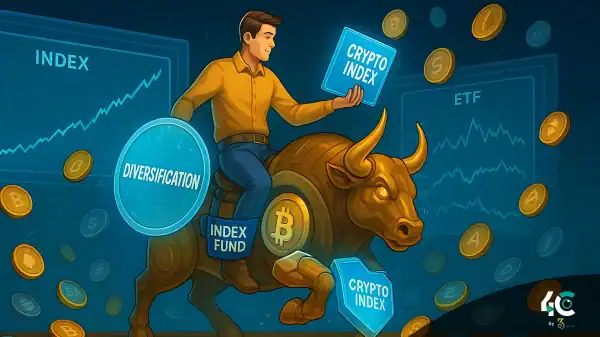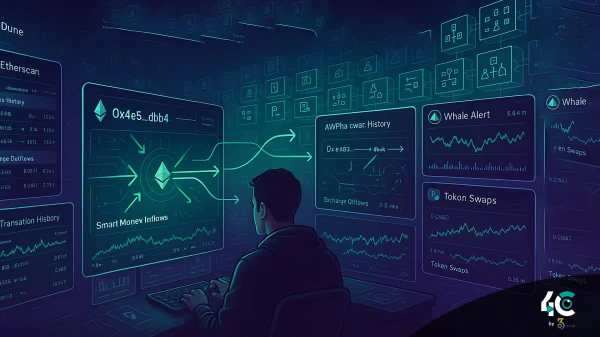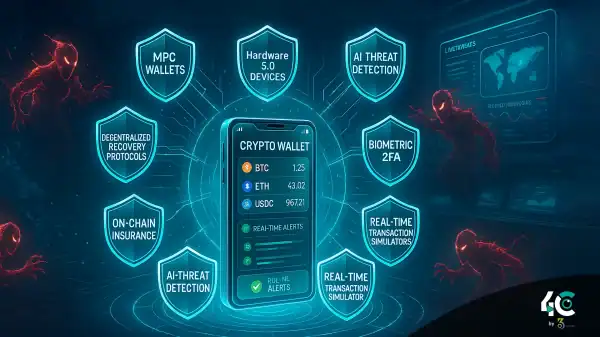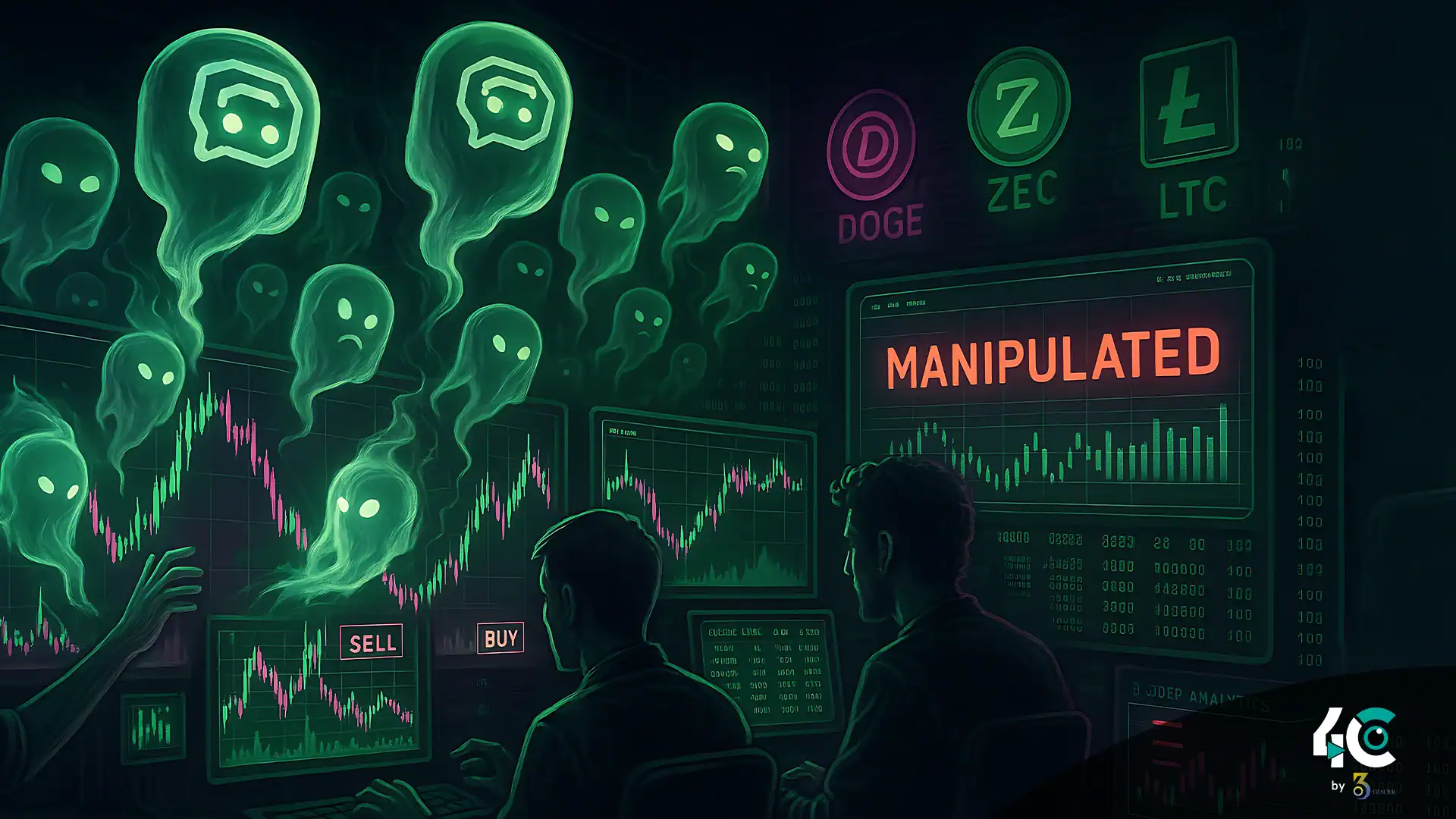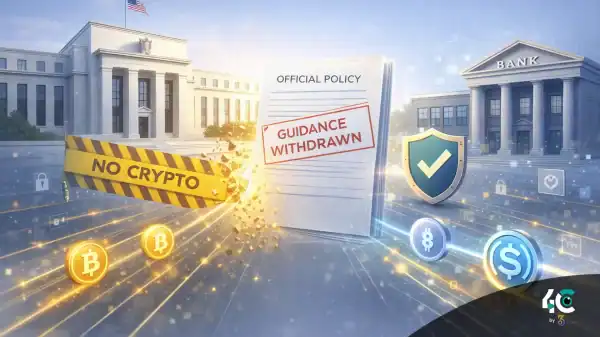In the ever-evolving world of cryptocurrency, a new form of manipulation is raising alarms: ghost trades powered by AI bots. These bots—some using models like ChatGPT—are being programmed to mimic real human activity on-chain, generating thousands of automated buy/sell orders in illiquid low-cap coins to make them appear more active than they really are.
This tactic—known in the crypto world as ghost trading—can trick both retail investors and algorithms into believing that a coin is gaining momentum, leading to real capital being deployed in response to what is essentially a fake market signal.
What Are Ghost Trades?
Ghost trades refer to transactions initiated by automated bots that are designed not to be fulfilled or profitable, but rather to simulate market activity. These trades often target decentralized exchanges (DEXs) where oversight is minimal and activity is fully transparent. They create artificial liquidity and attract attention on platforms that track on-chain analytics.
Bots can execute thousands of micro-transactions to mimic buying pressure, giving the impression that a low-cap token is trending or surging in popularity. In reality, no meaningful value is being exchanged.
Why ChatGPT and AI?
Thanks to tools like OpenAI’s ChatGPT, it’s easier than ever to script and run trading bots using natural language prompts. Traders with minimal coding skills can fine-tune AI-generated code to perform wash trading, liquidity mirroring, or spoofing with only a few lines of custom logic.
These bots aren’t just reacting to the market—they’re now shaping it. By mimicking human-like buying behavior across wallets, they can influence how coins appear in trending lists, Telegram groups, and even influencer feeds.
Risks for Investors
The main risk is false sentiment. Many investors, especially new ones, follow momentum indicators, trending tickers, or token charts on DEX tracking tools like DexTools or DEXScreener. Ghost trades artificially inflate these metrics.
Here’s how it harms investors:
- Pump and Dump: Bots lure real buyers into the trade, and then dump tokens for profit.
- Rugpull Disguise: Teams use ghost trading to make a dead token look revived, setting up a rug pull.
- Liquidity Trap: Investors may enter assuming deep liquidity, only to find they can’t exit due to slippage or low depth.
How to Spot AI-Driven Manipulation
- Unusual Wallet Activity: If the same wallets are making repetitive trades in short bursts, that’s a bot flag.
- Lack of Social Presence: A token pumping in volume with zero mentions or buzz? Likely artificial.
- No Devs, No Product: If a coin has no public GitHub or real utility, question its trend.
Also, look for mismatches between TVL (Total Value Locked) and volume. A sudden volume spike without locked assets is often a sign of bot-generated activity.
Conclusion
The rise of ghost trades using AI bots like ChatGPT is blurring the line between real and fake market behavior. While blockchain transparency was supposed to be a defense against manipulation, it is now being exploited by advanced automation.
Investors must do their own research (DYOR), verify project fundamentals, and resist hype driven by volume alone. In the AI-powered era, even the charts can lie.







